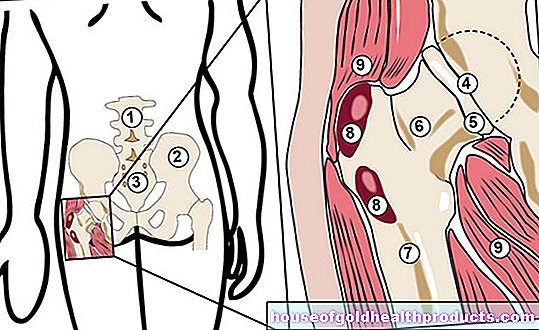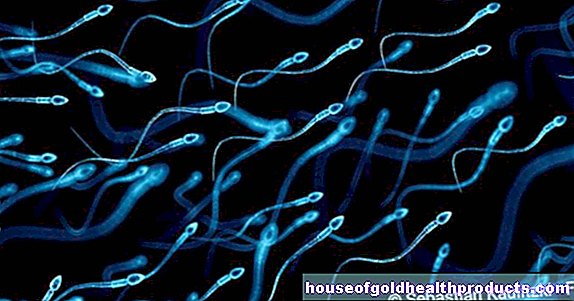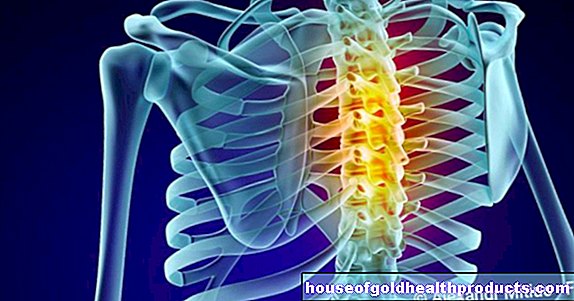Thrombosis: pill even riskier than thought
All content is checked by medical journalists.MunichSafe contraception with uncomplicated handling - these are the advantages that contraception by pill offers. But taking it also harbors dangers; the hormones it contains increase the risk of thrombosis. In the case of modern third-generation pills, the problem has even worsened considerably.
In the case of a thrombosis, the blood clots in the vessels and forms clots there. It becomes particularly dangerous when these become detached and migrate to the lungs or brain. The tendency of the blood to clot is decisive for the risk of thrombosis. This is reinforced by the hormones in the pill. It has long been known that contraception by pill increases the risk of thrombosis. However, the risk varies depending on their composition.
Comparison of pill types
British scientists have studied the danger of taking different types of pills. The basis for this was provided by the extensive medical data that Great Britain collects from its citizens.
The focus was on all women between the ages of 15 and 49 who were treated for the first time for a thrombosis between 2001 and 2013. Data from women and girls who may have been associated with pregnancy or illness were excluded. In total, the group still comprised around 10,500 patients. Another 42,000 women who had not developed a thrombosis were used as a comparison.
Modern pills are riskier
The result: The combination of active ingredients contained in the various pills had a decisive influence. Here, of all things, modern pills of the so-called third generation prove to be particularly problematic: They increased the risk of thrombosis more than fourfold. For women taking second-generation pills, the risk was still twice as high as for women who did not use hormonal contraception. First-generation pills are rarely prescribed anymore.
Third generation pills contain different progestins than their predecessors. They are popular because they either counteract water retention and thus weight gain (for example the active ingredient drospirenone) or are said to have a beneficial effect on skin and hair (chlormadinone acetate, dienogest and cyproterone acetate). But as this study confirms again, the price is apparently high.
Danger from new progestins
While it was the high estrogen content of the first generation pills that was problematic with regard to the tendency to thrombosis, the progestins they contain now have a negative effect on the flow properties of the blood - despite the relatively low estrogen content. Previous, smaller studies had already provided indications of this.
Women with additional risk factors for thrombosis in particular should opt for a different, non-hormonal form of contraception if possible. Above all, this includes women who are no longer very young, smokers and of course everyone who has already had a thrombosis.
The pill - popular despite the risks
Despite its risks, the pill is still by far the most popular contraceptive in Germany: 42 percent of women use it for contraception, followed by 32 percent who use condoms for contraception. This is followed by the contraceptive ring, coil and natural control by temperature measurement. According to a survey that can be accessed via the statistics portal Statista, all other methods are far behind with one to two percent each. (cf)
Source: Yana Vinogradova: Use of combined oral contraceptives and risk of venous thromboembolism: nested case-control studies using the QResearch and CPRD databases; BMJ 2015; 350 doi: http://dx.doi.org/10.1136/bmj.h2135 (Published 26 May 2015) Cite this as: BMJ 2015; 350: h2135
Tags: fitness nourishment unfulfilled wish to have children





























